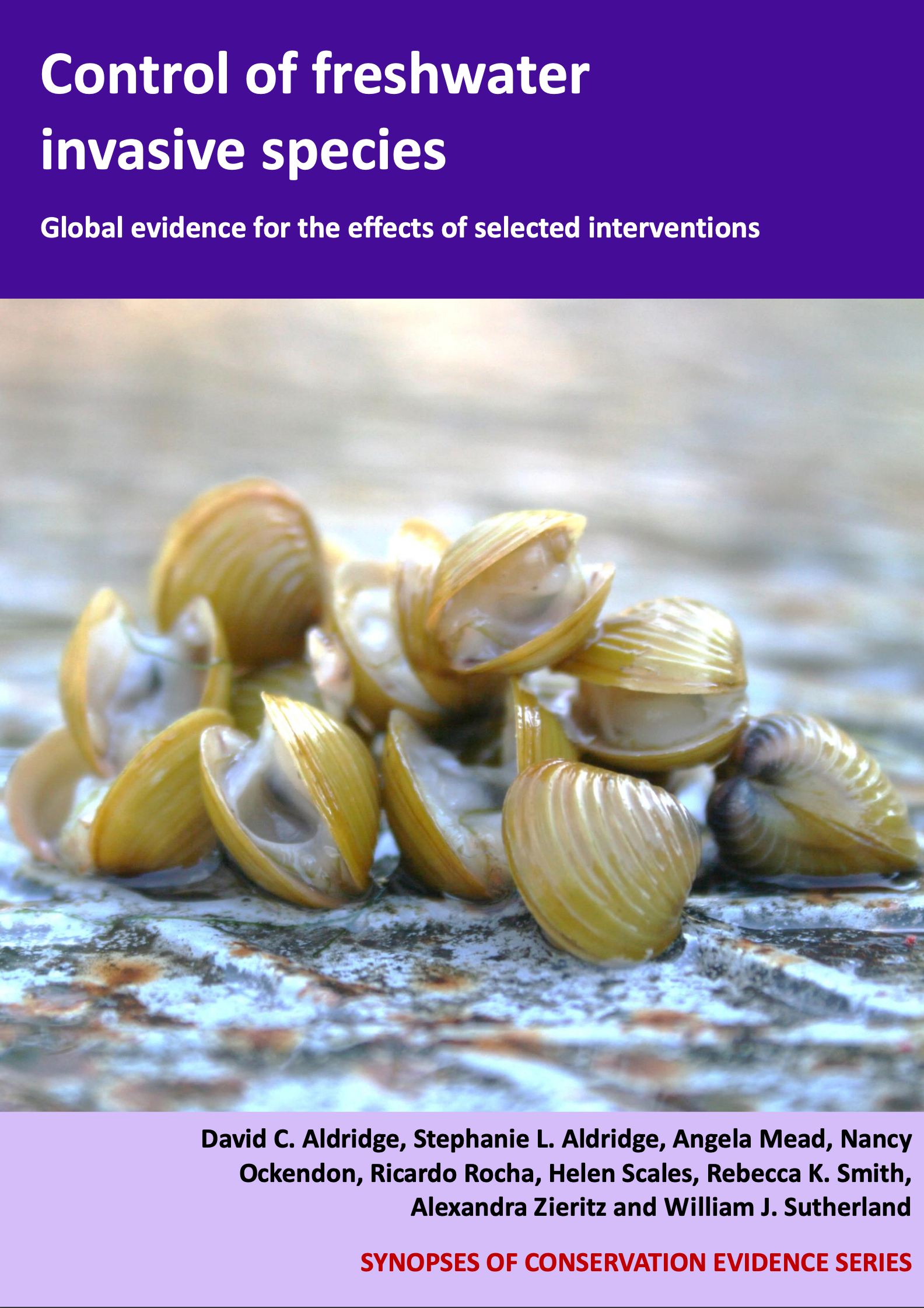Ponto-Caspian gammarids: Change salinity of the water
-
Overall effectiveness category Likely to be beneficial
-
Number of studies: 2
View assessment score
Hide assessment score
How is the evidence assessed?
-
Effectiveness
40% -
Certainty
50% -
Harms
not assessed
Study locations
Supporting evidence from individual studies
A replicated, controlled laboratory experiment in 2009, on specimens taken from a river in Canada (Ellis & McIsaac 2009) found that invasive freshwater shrimp Echinogammarus ischnus, were killed when salt was added to water. Within five hours, 66% of shrimp died from exposure to saline water (30% salinity). It did not make a difference if the water salinity was increased gradually or immediately. Only 33% of shrimp treated survived for up to two days and 0% beyond two days. Ten shrimp were placed in each of 12 glass jars. The water in four of the jars had 30% salinity from the beginning (using unfiltered river water). The salinity in another four jars was 4% at the start of the experiment and increased every hour to 8, 14, 24 and 30%. Four jars were controls (freshwater only). Every hour for five hours, and after 24 and 48 hours, dead animals were removed and live animals counted.
Study and other actions testedA controlled laboratory study conducted in 2011 in England, UK (Stebbing et al. 2011) found that adding salt to freshwater did not kill the killer shrimp Dikerogammarus villosus. None of the shrimp died during the test period. This included shrimp exposed to salinity levels 3.5 times more saline than normal seawater. Tests were conducted on 5 captive shrimp immersed for 15 minutes in de-chlorinated water of different salinities ranging from 5 to 160 grams of salt/litre. Artificial marine salt was used to adjust the salinity in the test solutions. Dead and live shrimp were counted.
Study and other actions tested
Where has this evidence come from?
List of journals searched by synopsis
All the journals searched for all synopses
This Action forms part of the Action Synopsis:
Control of Freshwater Invasive Species
Control of Freshwater Invasive Species - Published 2017
Control of Freshwater Invasive Species Synopsis





)_2023.JPG)














